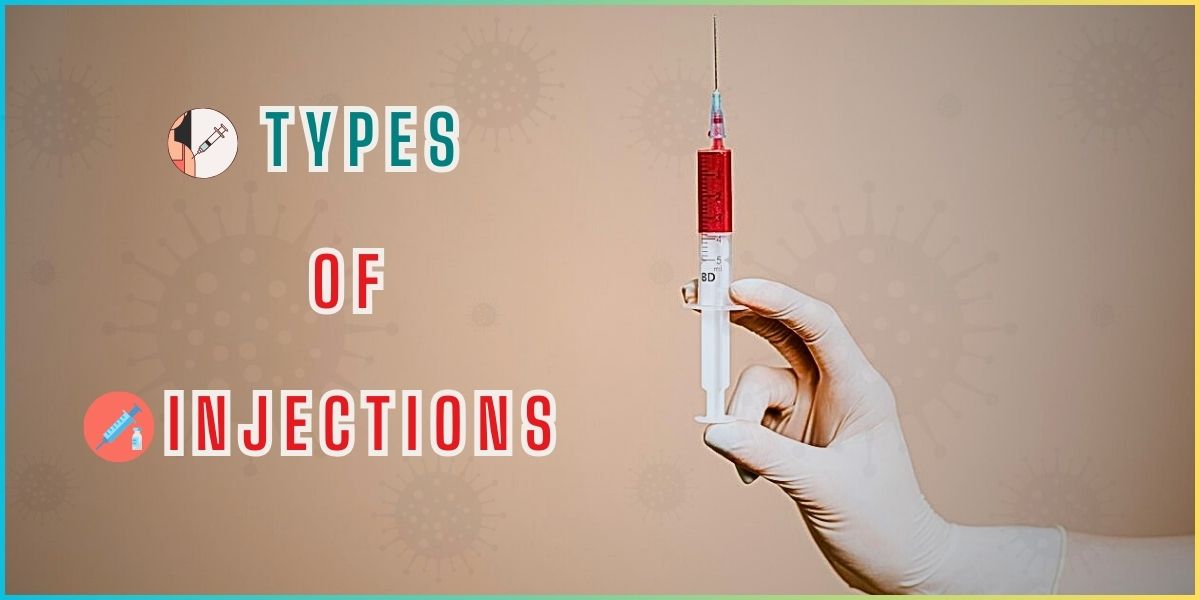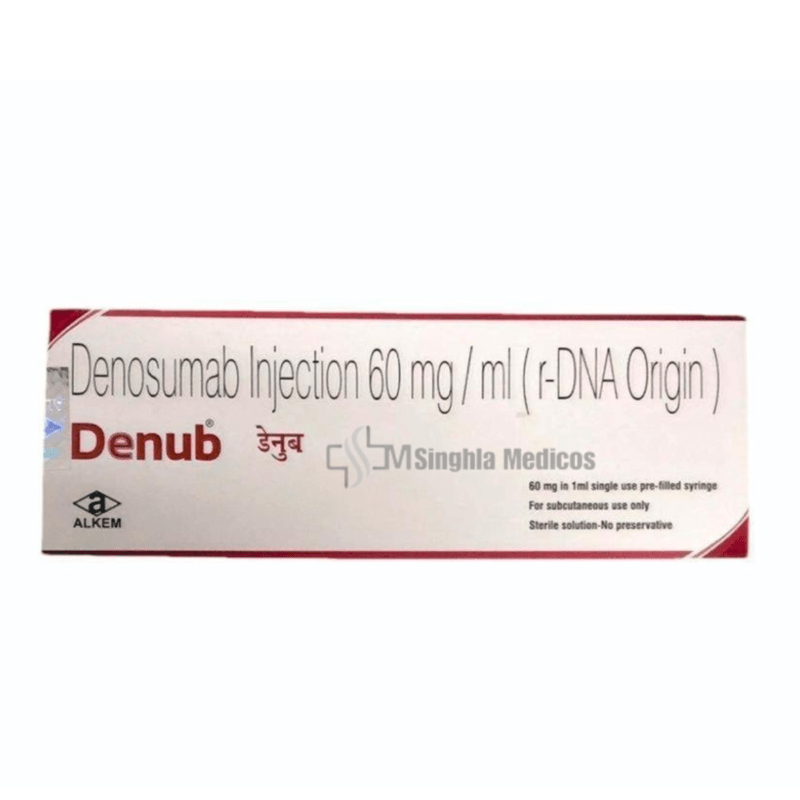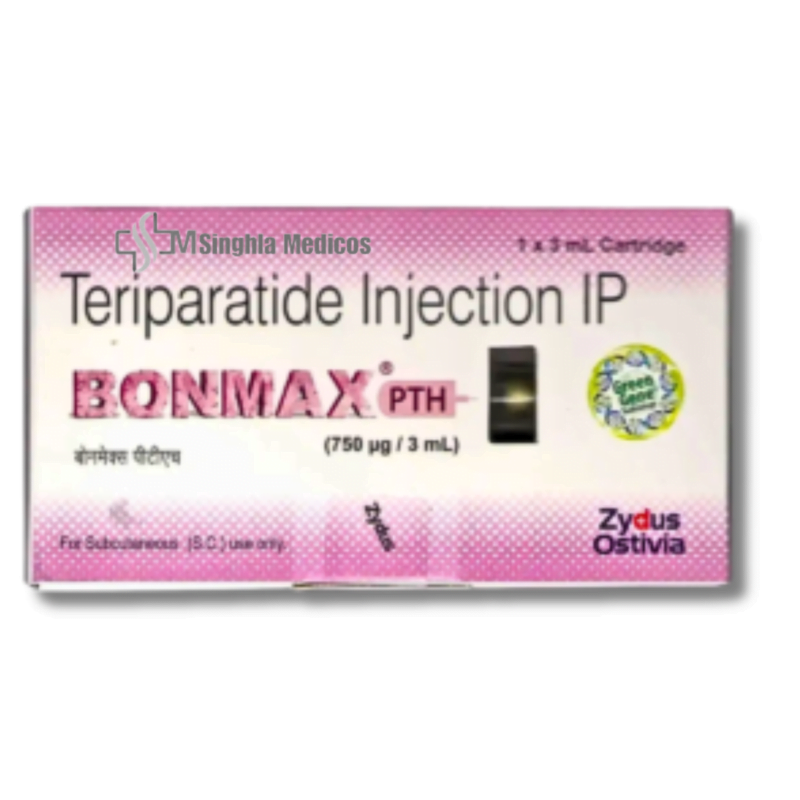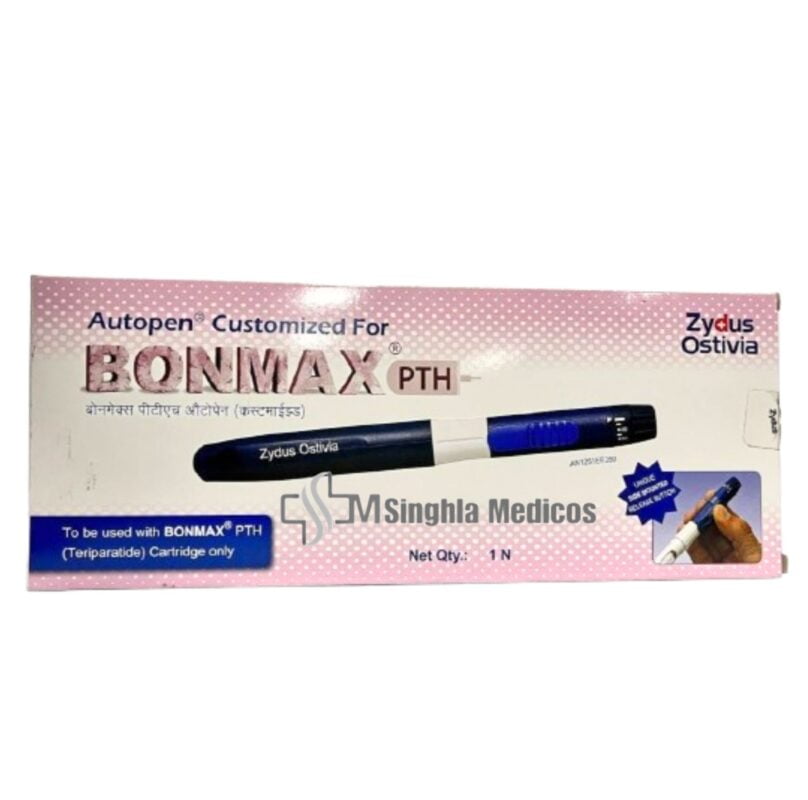BLOG
9 Types of Injections: Uses and Benefits

introduction of 9 types of injections
Injections are a common method of delivering medications, vaccines, and other treatments directly into the body. Understanding the different types of injections can help you make informed decisions about your health care. In this guide, we'll explore nine types of injections, their uses, and what you should know about each.
1. Intramuscular (IM) Injections
What They Are:
Intramuscular injections are administered directly into the muscle. This method allows for faster absorption of the medication into the bloodstream compared to other injection types.
Uses:
IM injections are often used for vaccines (like the flu shot), 9 types of injections hormonal therapies, and antibiotics. Common sites for IM injections include the deltoid muscle in the arm, the vastus lateralis muscle in the thigh, and the gluteus muscle in the buttock.
Benefits:
- Faster absorption of medication.
- Suitable for larger volumes of medication.
- Effective for medications that need to be slowly released.
Considerations:
- May cause muscle soreness or discomfort.
- Requires proper technique to avoid hitting nerves or blood vessels.
2. Subcutaneous (SC) Injections
What They Are:
Subcutaneous injections are given into the layer of fat and tissue just below the skin. This type of injection allows for a slower, more controlled release of medication.
Uses:
SC injections are commonly used for insulin administration in diabetes management, as well as for certain vaccines and medications like anticoagulants.
Benefits:
- Easier to self-administer.
- Suitable for medications that need to be absorbed gradually.
- Less painful compared to IM injections.
Considerations:
- Limited to smaller volumes of medication.
- Injection sites should be rotated to prevent tissue damage.
3. Intravenous (IV) Injections
What They Are:
Intravenous injections involve delivering medication directly into the vein, allowing for immediate access to the bloodstream.
Uses:
IV injections are often used in hospitals for administering fluids, medications, and blood products. They are also used in emergency situations when rapid delivery of medication is critical.
Benefits:
- Provides immediate effects.
- Allows for precise control over medication dosage.
- Suitable for large volumes of medication.
Considerations:
- Requires trained personnel for administration.
- Risk of infection at the injection site.
- Possible complications include vein irritation or phlebitis.
4. Intradermal (ID) Injections
What They Are:
Intradermal injections are administered into the upper layer of the skin, just beneath the epidermis.
Uses:
ID injections are often used for allergy testing and tuberculosis screening (the Mantoux test). They are also used for certain vaccines.
Benefits:
- Allows for the evaluation of immune responses.
- Minimal discomfort compared to other injection types.
Considerations:
- Limited to very small volumes of medication.
- Requires precision to ensure medication is correctly placed.
5. Intrathecal Injections
What They Are:
Intrathecal injections involve delivering medication directly into the cerebrospinal fluid (CSF) that surrounds the spinal cord.
Uses:
This type of injection is typically used for pain management (such as epidurals during labor) and for administering medications directly to the spinal cord.
Benefits:
- Provides targeted treatment for spinal conditions.
- Effective for certain types of pain management.
Considerations:
- Requires specialized training for administration.
- Risks include potential for infection or spinal fluid leakage.
6. Intracardiac Injections
What They Are:
Intracardiac injections are given directly into the heart tissue or the heart chamber.
Uses:
These injections are rare and are typically used in emergency situations, such as during cardiac arrest, to deliver medications directly into the heart.
Benefits:
- Provides rapid medication delivery directly to the heart.
Considerations:
- High risk and only performed by trained medical professionals in emergency settings.
7. Epidural Injections
What They Are:
Epidural injections involve delivering medication into the epidural space surrounding the spinal cord.
Uses:
Commonly used for pain relief during labor and delivery, as well as for managing chronic back pain or certain types of spinal disorders.
Benefits:
- Provides significant pain relief.
- Allows for reduced use of systemic pain medications.
Considerations:
- Requires a needle to be inserted into the epidural space.
- Potential risks include infection, bleeding, or nerve damage.
8. Intra-articular Injections
What They Are:
Intra-articular injections are administered directly into a joint.
Uses:
These injections are often used to deliver corticosteroids or hyaluronic acid to reduce inflammation and pain in conditions such as arthritis.
Benefits:
- Provides targeted relief for joint pain.
- Can reduce inflammation and improve joint function.
Considerations:
- Requires accurate placement to avoid joint damage.
- Potential side effects include infection or joint irritation.
9. Intravesical Injections
What They Are:
Intravesical injections involve delivering medication directly into the bladder through a catheter.
Uses:
Used for treating bladder conditions such as interstitial cystitis or bladder cancer.
Benefits:
- Provides targeted treatment directly within the bladder.
- Can be effective for localized conditions.
Considerations:
- Requires catheterization and proper technique to avoid infection.
- May cause discomfort or urinary tract irritation.
9 Types of Injections About (FAQ)
What are the common side effects of injections?
Common side effects of injections can include pain or swelling at the injection site, redness, and in some cases, infection. Systemic side effects vary depending on the type of medication administered and the injection method used.
How do I prepare for an injection?
Preparation depends on the type of injection. Generally, ensure you are hydrated, inform your healthcare provider of any allergies or previous reactions to injections, and follow any specific instructions given.
Can injections be self-administered?
Certain types of injections, like subcutaneous insulin shots, can be self-administered with proper training. Always follow your healthcare provider’s guidance and techniques to ensure safety and effectiveness.
What should I do if I experience an adverse reaction?
If you experience an adverse reaction, such as severe pain, swelling, or signs of infection, contact your healthcare provider immediately. In case of a severe reaction like an allergic response, seek emergency medical help.
Are there any alternatives to injections?
Yes, alternatives to injections include oral medications, topical treatments, and inhalers. The choice of treatment depends on the condition being treated and the specific medication.
Understanding the different types of injections and their uses can help you navigate your health care needs more effectively. Always consult with your healthcare provider for personalized advice and instructions related to injections.
related product
-
 Denub 60mg Injection
Denub 60mg Injection
₹8,625.00Original price was: ₹8,625.00.₹7,500.00Current price is: ₹7,500.00. -
 Bonmax PTH 750mcg Solution for Injection
Bonmax PTH 750mcg Solution for Injection
₹9,159.00Original price was: ₹9,159.00.₹4,200.00Current price is: ₹4,200.00. -
 Bonmax PTH 750mcg Autopen
Bonmax PTH 750mcg Autopen
₹2,999.00Original price was: ₹2,999.00.₹1,500.00Current price is: ₹1,500.00.
Top 5 Cancer Hospitals in Punjab | Singhla Medicos
-
Posted by
Rahul Rai
- 0 comments
The Importance of Mental Health Support for Cancer Patients
-
Posted by
admin
- 0 comments
Lifestyle Factors and Their Influence on Cancer Risk
-
Posted by
admin
- 0 comments
Understanding Carcinogens and Their Impact on Health
-
Posted by
admin
- 0 comments
Top 10 Cancer Medicine Wholesalers in Delhi
-
Posted by
admin
- 0 comments
What is the cost of Chemotherapy in Chennai
-
Posted by
admin
- 0 comments
Top 5 Cancer Hospitals in Meghalaya
-
Posted by
admin
- 0 comments
Understanding Normal Liver Size: What You Need to Know
-
Posted by
admin
- 0 comments
The Role of Epigenetics in Cancer Development and Treatment
-
Posted by
admin
- 0 comments
Coping Strategies for Patients and Families Dealing with a Cancer Diagnosis
-
Posted by
admin
- 0 comments
Non-Small Cell Lung Cancer
-
Posted by
admin
- 0 comments
The Impact of Aging on Cancer Risk and Treatment
-
Posted by
admin
- 0 comments













